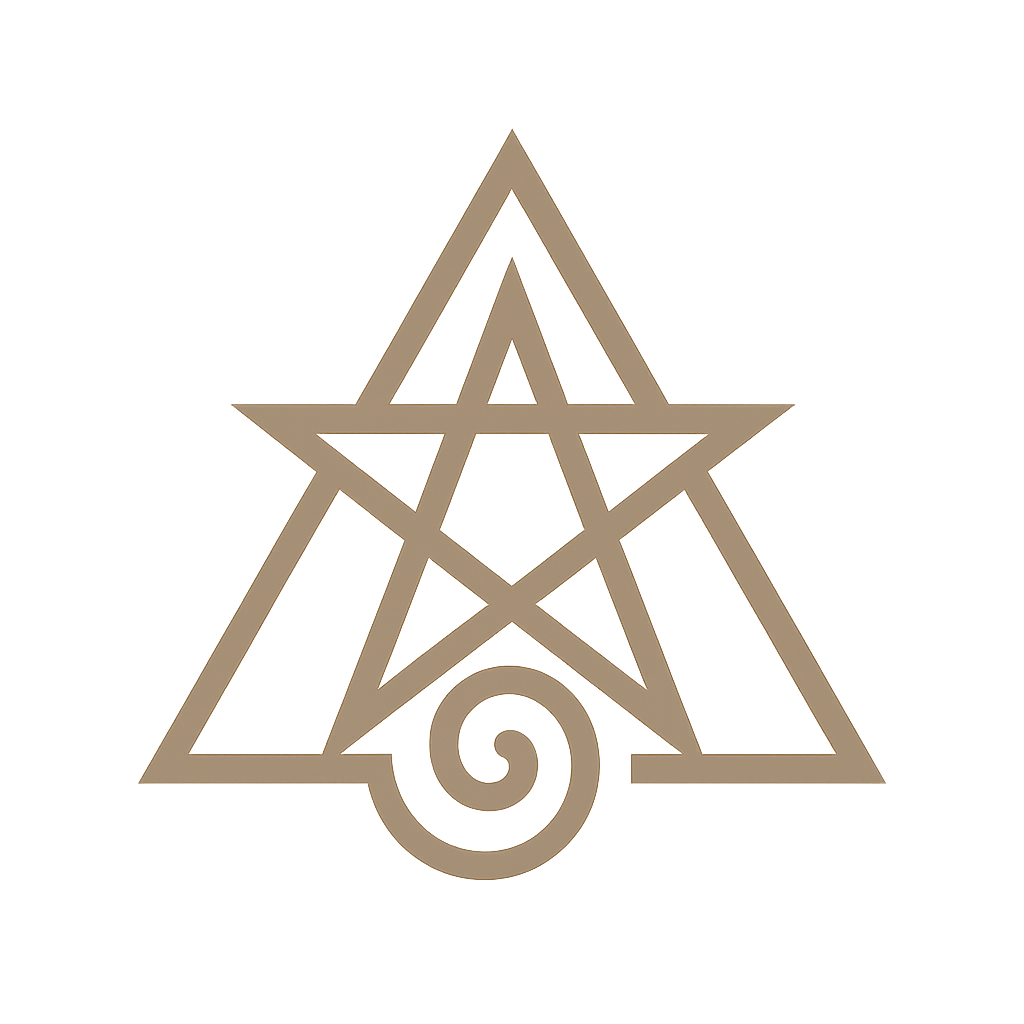Tucked within the ancient royal gardens of Anuradhapura, Sri Lanka, lies a carving that has captivated archaeologists, spiritual seekers, and fringe theorists alike: the Sakwala Chakraya, or “Stargate.” Etched into stone within the sacred Ranmasu Uyana park, this enigmatic petroglyph has drawn comparisons to mysterious sites around the world—fueling speculation about lost technologies, cosmic portals, and ancient wisdom.
Is this circular carving a Buddhist cosmological map? A technological relic from a forgotten era? Or a symbolic gateway between spiritual realms?
This article explores the various interpretations of the Sakwala Chakraya—from grounded academic views to the more speculative Stargate theories—while also placing it within the broader context of ancient cosmology and global mythology.
🏛️ Cultural and Historical Context
Located between the Tissa Wewa reservoir and the Isurumuniya Rock Temple, the Sakwala Chakraya rests in Ranmasu Uyana, a 40-acre garden once frequented by royalty. The park is renowned for its hydraulic engineering—rock-cut pools with channels that demonstrate a refined understanding of water management in ancient Sri Lanka.
Carved into a rock face is the Sakwala Chakraya: a 6-foot-wide petroglyph consisting of concentric circles, fish and crab motifs, and intricate geometric patterns. Its meaning remains uncertain, but its location—adjacent to religious and symbolic sites—hints at its significance within ancient cosmological or meditative practices.
🌌 The Stargate Theory: Portal Between Worlds?
Among the most sensational interpretations is the Stargate theory, which suggests the Chakraya was a portal used by advanced beings or extraterrestrials to travel across time and space.
Supporters of this theory note:
- The diagram’s unusual geometry.
- Its secluded cave-like setting.
- Four carved stone seats facing the glyph, theorized to be used by “operators” of the Stargate.
Similar theories surround:
- Egypt’s Abu Ghurab Sun Temple, thought by some to channel cosmic energy through its alabaster platform.
- Peru’s Puerta de Hayu Marka, the “Gate of the Gods,” carved into a remote rock face and shrouded in Incan legend.
Although there is no concrete archaeological evidence supporting interdimensional travel, local folklore and modern UFO subcultures continue to breathe life into the Stargate narrative.
🕉️ Buddhist Cosmology: A Sacred Map of Existence
A more grounded explanation comes from Buddhist cosmology. The concentric circles in the Sakwala Chakraya may symbolize Mount Meru, the axis mundi of Buddhist and Hindu thought, believed to be the center of the physical and spiritual universe.
The surrounding symbols could represent:
- The Seven Oceans and Seven Mountain Ranges encircling Mount Meru.
- Lokas (worlds or realms), each inhabited by different beings.
- Cyclical time, karma, or spiritual progression.
British archaeologist H.C.P. Bell, who first documented the petroglyph in 1911, believed it reflected an ancient Buddhist map of the cosmos—a visualization used in meditation, ritual, or temple instruction [(Bell, 1911)].
Sri Lankan scholar Somadeva later supported this view, emphasizing that the imagery aligns closely with Pali and Sinhala cosmological texts, suggesting a sophisticated understanding of space, rebirth, and metaphysical structures [(Somadeva, 2015)].
🌍 Global Echoes: Sacred Geometry and Water Portals
The Sakwala Chakraya is not an anomaly. Around the world, ancient carvings exhibit circular or radial patterns, often tied to sacred geometry, astronomy, or cosmology. Many are found near bodies of water, which often symbolized life, purity, and the cosmic womb.
Examples include:
- Stonehenge, whose radial layout may align with solar and lunar cycles.
- Göbekli Tepe in Turkey, which features concentric enclosures possibly used for celestial rituals.
- The Yazilikaya sanctuary in Hattusa (Turkey), with its procession of gods representing a cosmic calendar.
Some esoteric scholars propose that such locations—where geometry, myth, and water intersect—were chosen for their spiritual or energetic properties.
Modern Interest and Electromagnetic Anomalies
Interest in the Sakwala Chakraya has surged in recent decades due to its online exposure and connections to alternative history theories. In 2019, paranormal investigator Prine McDaniel claimed to detect anomalous electromagnetic emissions at the site—though these findings have not been peer-reviewed [(McDaniel, 2019)].
Nevertheless, the site has become a destination for mystics, tourists, and researchers, with growing calls for interdisciplinary exploration that respects both the spiritual legacy and scientific inquiry the site inspires.
Conclusion: Map, Meditation Aid, or Mystery?
Whether you view it as a spiritual mandala, an ancient map of the cosmos, or a metaphysical gateway, the Sakwala Chakraya remains one of Sri Lanka’s most enigmatic treasures.
It reminds us that ancient cultures were not only skilled engineers and astronomers but also visionaries of unseen worlds—conceptualizing space, consciousness, and Reality in ways we are only beginning to understand.
As archaeology evolves and technologies improve, new insights may emerge. But for now, the Sakwala Chakraya remains a profound symbol of humanity’s desire to map the stars—and perhaps even step through them.
References
- Bell, H.C.P. (1911). Report on the Ancient Monuments of Ceylon. Archaeological Survey of Ceylon.
- Somadeva, R. (2015). Ancient Sri Lankan Cosmology. University of Sri Lanka Press.
- Pereira, S. (2021). A Study of the Sakwala Chakraya. Journal of Sri Lankan Archaeology, 12(1), 45–62.
- McDaniel, P. (2019). Electromagnetic Readings of the Sakwala Chakraya. Paranormal Journal, 4(3), 112–117.
- Hancock, G. (2015). Magicians of the Gods. St. Martin’s Press.
- Temple, R. (2000). The Sirius Mystery. Destiny Books.
